Forward-thinking insights focused on a more sustainable tomorrow.
Signs, Signals, and Markings: Why They Matter
Michael Tantillo is an authority on the Manual on Uniform Traffic Control Devices (MUTCD). He has been part of the National Committee on Uniform Traffic Control Devices (NCUTCD) for 17 years and is an influential participant in two technical subcommittees and the Toll and Managed Lanes joint task force. Michael also assists states in adjusting their policies to comply with the MUTCD. His enthusiasm for traffic signs, signals, and markings is both evident and infectious. This is Michael’s story.
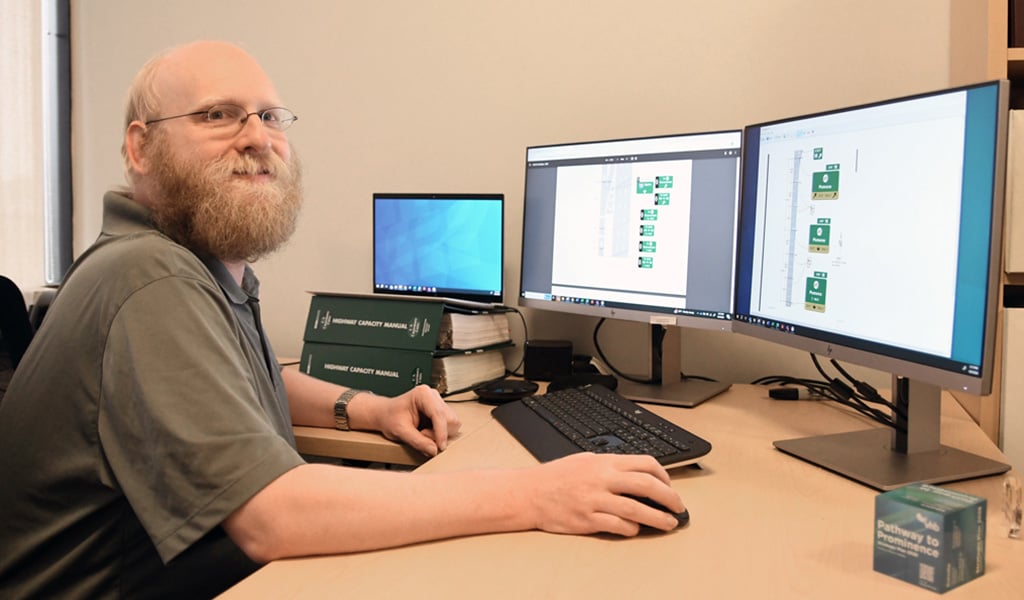
I have been a transportation engineer and volunteer member of the NCUTCD for nearly two decades, developing a deep passion for traffic control devices. Governed by a manual with a long acronym—the MUTCD—these devices are sometimes underappreciated by the general public. However, everyone should understand their value, and here’s why.
We all depend on a safe and efficient transportation network—whether we drive, walk, bike, roll, or use public transit. Even the goods we purchase are transported via this network. Traffic control devices are our method for communicating the design of the road to travelers, helping them navigate it safely and efficiently.
Transportation engineers craft the roads, but signs, signals, and markings help travelers navigate these spaces. Traffic control devices warn users of where they need to be in advance, what type of intersection control lies ahead, and what behavior (e.g., stopping, yielding) is expected of them. The MUTCD helps promote uniformity and consistency in the application of traffic control devices nationwide, such that a person could drive from Massachusetts to California using the same system of signs, markings, and traffic signals. This uniformity makes for safer roadways.
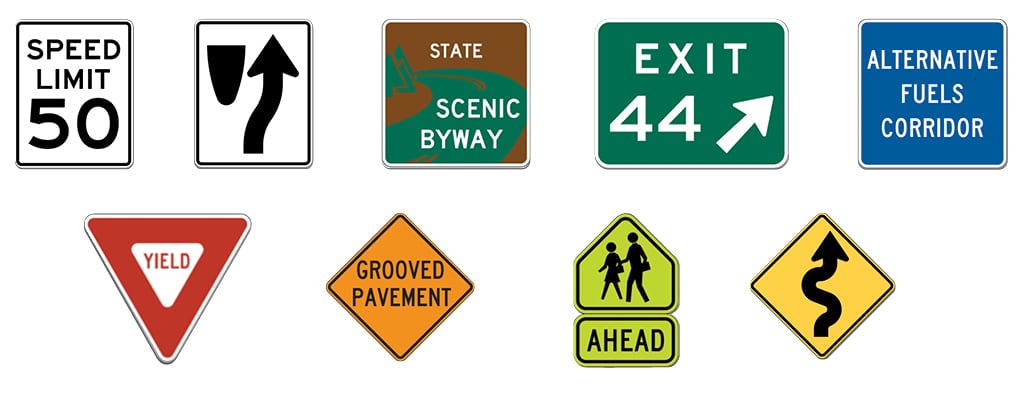
The Language of Traffic Control Devices
Beyond driver's education class, few people consider the intricate system behind traffic control devices. Each sign color delivers a specific message:
- Red: Stopping, yielding, or prohibited actions, such as Do Not Enter signs
- White: Regulatory information, like speed limits
- Yellow: Warnings, such as upcoming curves
- Fluorescent Yellow-Green: Warnings for pedestrians, bicycles, and school and playground areas
- Green: Guidance, like highway exit signs
- Orange: Temporary traffic control in construction zones
- Blue: Road-user services, such as gas stations, evacuation routes, and tourist information
- Brown: Recreation and cultural interest areas
- Fluorescent Pink: Emergency and incident management
- Purple: Electronic toll collection
The shapes of signs also communicate information: diamonds for warning conditions, pentagons for school zones, and, perhaps most well-known, octagons for stop signs. The MUTCD standardizes these signs nationwide, creating a language we learn and use without even realizing it.
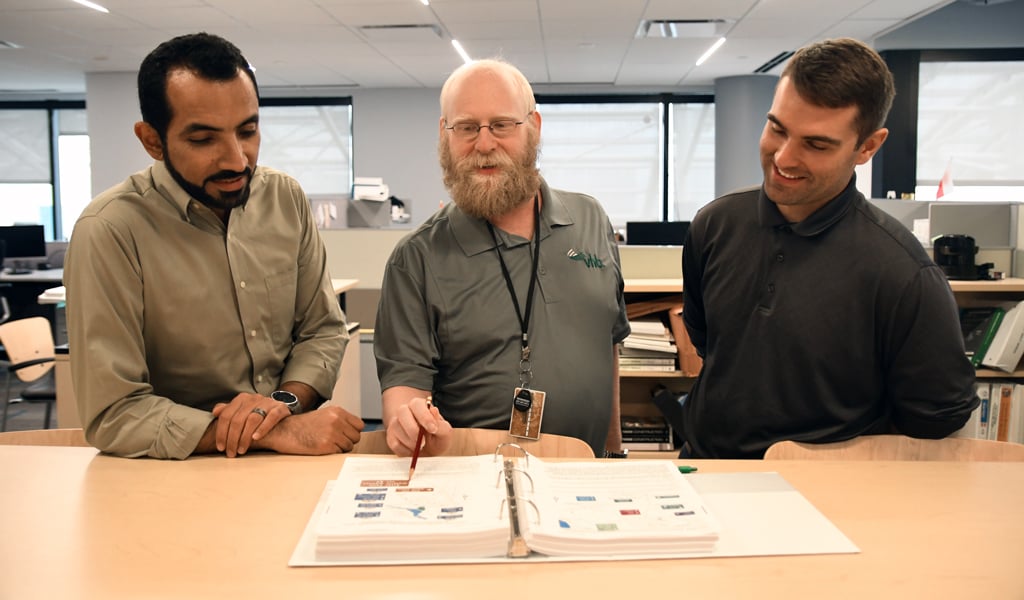
Using the MUTCD On Transportation Projects
In my transportation work at VHB, I consult the MUTCD daily to inform my designs. My colleagues and I make many decisions when designing traffic control devices, and the MUTCD guides these decisions by providing consistent parameters that prioritize safety and efficiency.
Seemingly minor changes to traffic control devices can have substantial impacts on safety. For example, increasing the visibility of a traffic signal decreases the likelihood of a driver missing the signal, failing to stop, and potentially causing a crash. Per the MUTCD’s guidance, we can add a reflective yellow border to the signal’s backplate—a relatively low-cost improvement that, according to the Crash Modification Factors Clearinghouse, can reduce crashes in urbanized areas by 15 percent. Implemented on a large scale, we can significantly increase safety—all thanks to changes in traffic control devices!
Clients depend on us to interpret the content of the MUTCD and apply it correctly to complex, real-world situations. As part of the committee that regularly reviews and recommends updates to the MUTCD, I have developed a deep understanding of the Manual’s rationale and am therefore well-positioned to apply its guidelines in nuanced situations.
For example, VHB recently completed a project for a regionally prominent museum in Virginia that involved reimagining freeway guide signs and replacing the original, faded, brown signs, which were almost 20 years old. Since brown signs fade relatively quickly, we debated using green signs (a consideration permitted by the MUTCD) but opted to stick with brown to make the museum signs more visibly distinctive to tourists traveling along the highway.
We also examined how the information was presented to drivers, including the sizes and locations of the sign panels, and worked within the MUTCD’s current guidelines to find ways to enhance our value to the client by reducing costs and improving energy efficiency without compromising travelers’ safety and efficiency. Some of the decisions we made as a result included:
- Moving some information off large overhead sign structures to smaller ground-mounted signs
- Minimizing the number of overhead sign panels to reduce the need for substantial mounting structures
- Decommissioning energy-consuming lighting on overhead signs and instead incorporating lettering compliant with the latest MUTCD reflectivity standards, which is lit instead by car headlights at night
As a result, our client saved money and can now direct funds to other areas of need, spreading safety and efficiency improvements to more locations. The MUTCD guided us through this process.
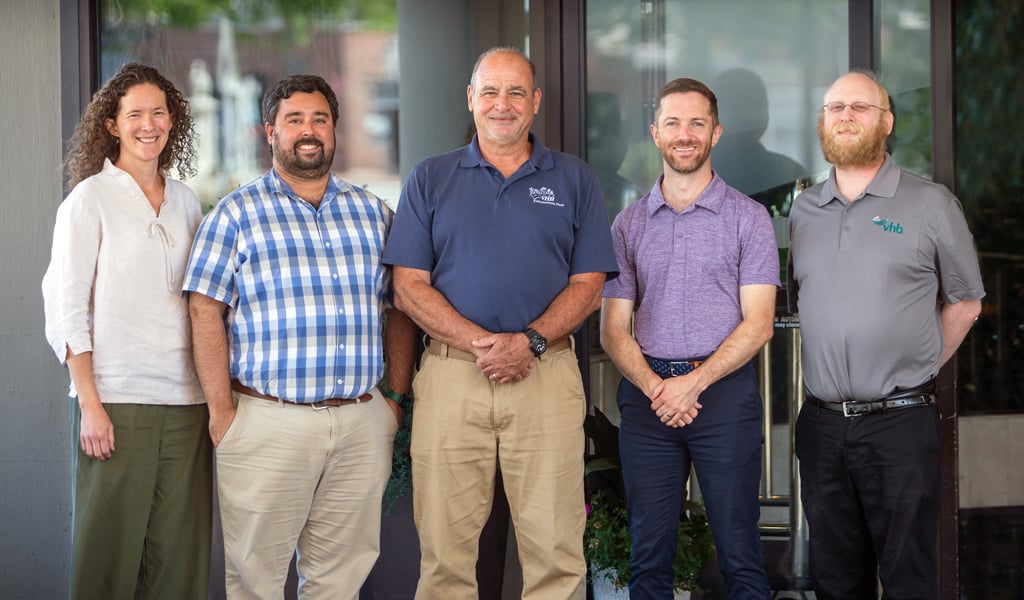
Evolving the MUTCD Through the NCUTCD
I’ve had the opportunity to help evolve the MUTCD through my involvement with the NCUTCD. This volunteer-based committee is made up of around 250 traffic control professionals who, like me, see the MUTCD as invaluable to the functionality of our transportation system. Here’s an example of how the committee’s work impacts transportation design.
In 2018, the Michigan Department of Transportation (DOT) identified a need for signs guiding drivers around traffic incidents on major highways. The task of addressing this need fell to me and my colleagues on the NCUTCD Guide/Motorist Information Signs Technical Committee. To understand our approach, consider this frustrating and likely familiar scenario: You’re driving down a highway and traffic comes to a standstill due to a crash ahead. The road is blocked, and everyone is directed to an exit, left to wonder, “Now where do I go?”
When a highway traffic incident occurs, many drivers ‘self-detour,’ causing chaos on parallel routes as drivers attempt to find their way with no knowledge of which routes are suitable for high-volume traffic or heavy trucks. Transportation officials and law enforcement may install temporary signs to establish a formal detour route, but this takes time and requires resources that may be needed to clear the scene of the incident.
To mitigate situations like this, our committee proposed designs for incident rerouting signs on pre-established detour routes. The NCUTCD adopted our resolution, which became a Standard in the 2023 edition of the MUTCD and is formally termed “EMERGENCY ROUTE.”
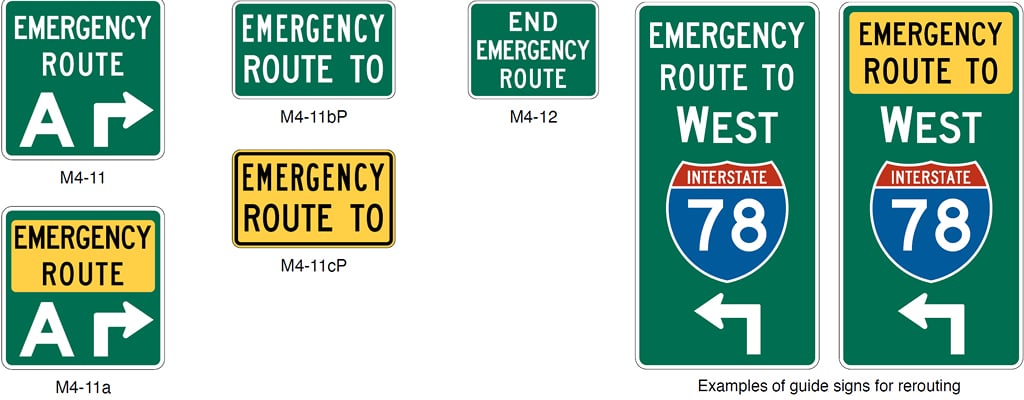
This sparked interest among transportation authorities in proactively creating incident management plans, including detour routes that direct large vehicles onto roadways capable of handling them. I’ve since had the opportunity to put this new standard into practice by establishing emergency route detours at the start of one of VHB’s major roadway improvement projects.
Traffic control devices like these EMERGENCY ROUTE signs have the power to improve traffic flow and decrease congestion, which ultimately improves roadway safety and reduces emissions. We all benefit from this each and every day.
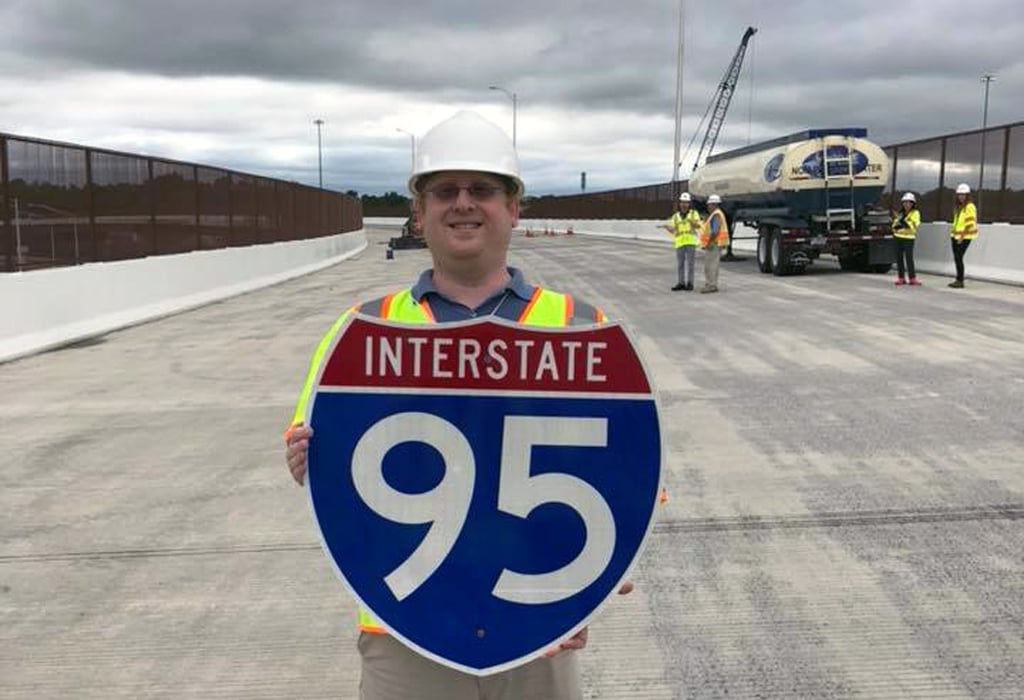
Reach out to me via LinkedIn to learn more about VHB’s participation in the NCUTCD and our transportation services.



